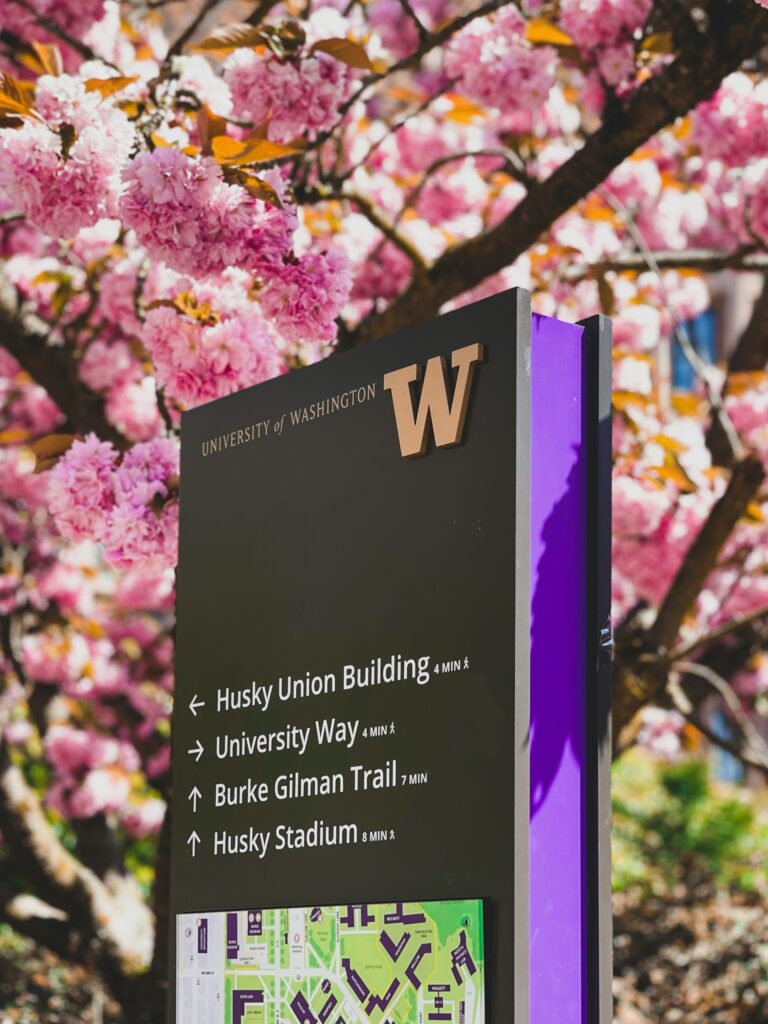Photo by Celine Lityo on Unsplash
A quiet transformation is underway at the heart of the University of Washington’s Seattle campus. The aging chemistry library that has been in place since 1957 will be replaced with a state-of-the-art Chemical Sciences Building (CSB). This $191 million project represents an investment in the future of chemistry research and education on the university campus.
The University took a two-pronged approach to realizing this vision: first, by putting out a call for design firms that wanted to make their mark on this state-of-the-art facility, and second, by soliciting credentials from experienced design-build teams with the capabilities to turn the selected design into a tangible reality.
The successfully approved budget, funded primarily by state funding with additional contributions from the College of Arts and Sciences and university donors, is a testament to the importance of this project.
The CSB will be a 100,000-110,000-square-foot building, a stark difference from the existing 39,400-square-foot library. It is expected to be a hub for scientific research, featuring wet labs, high-performance labs, research labs, collaborative spaces and classrooms. The building aims to foster a vibrant community of faculty, graduate and undergraduate students working together to push the boundaries of chemical science.
The new facility will replace the chemistry library and complement Bagley Hall, which currently houses the chemistry department. As reported by the Daily Journal of Commerce, plans are underway to connect the two buildings with a skybridge to create an integrated complex dedicated to chemistry research. Bagley Hall is also slated for a partial renovation, further enhancing the chemistry department’s capabilities.
The University of Washington sees the CSB as a driving force behind a new era of scientific discovery, where groundbreaking chemical research can quickly translate into practical solutions and innovation. By bringing together researchers from diverse backgrounds and providing state-of-the-art facilities, the university aims to accelerate the pace of discovery and innovation.
Selection of the design-build team and design firm will be completed in the coming months, with the design process expected to begin in January 2025. Construction is expected to begin in 2026, with the university anticipating completion of the CSB as early as 2028.

